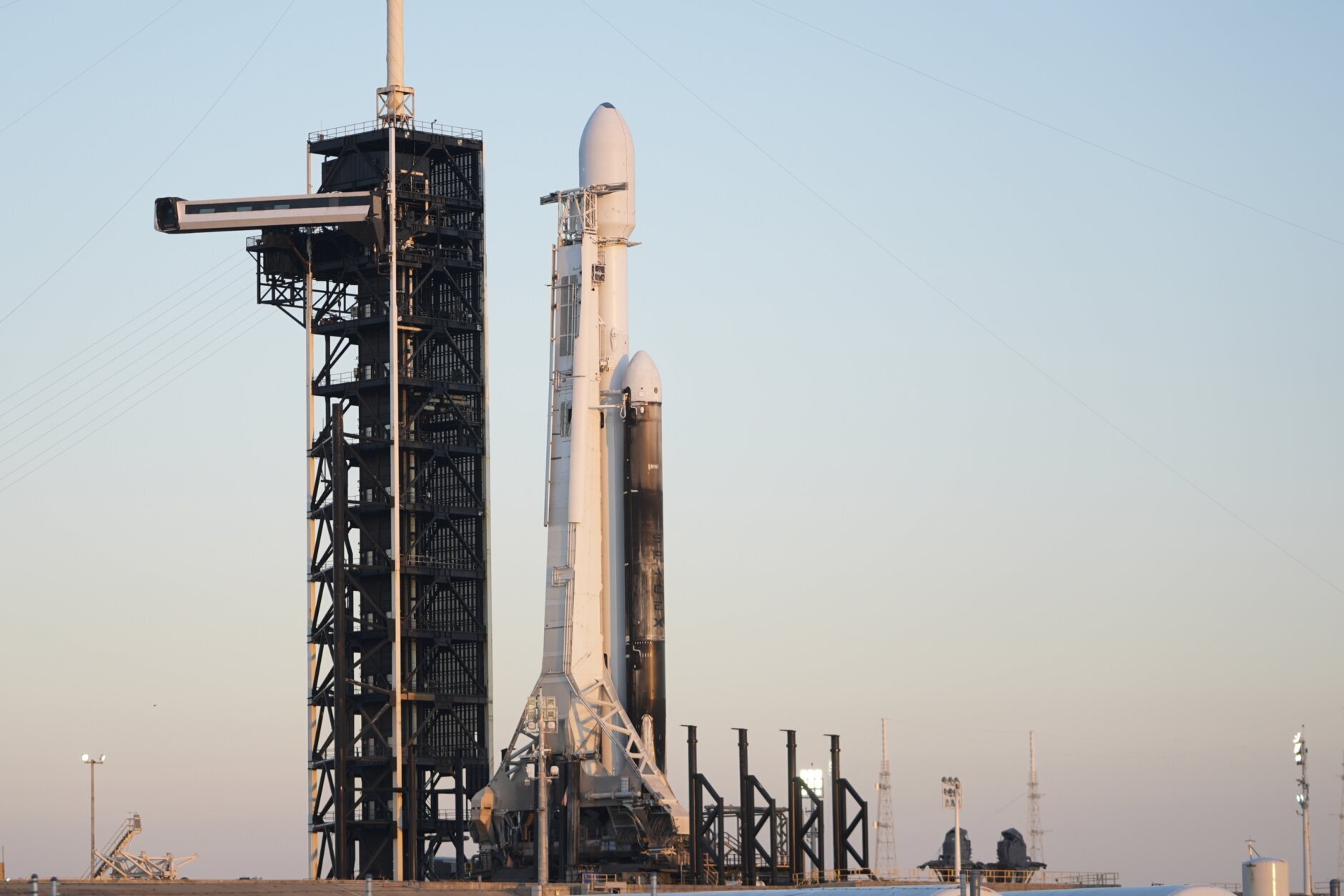
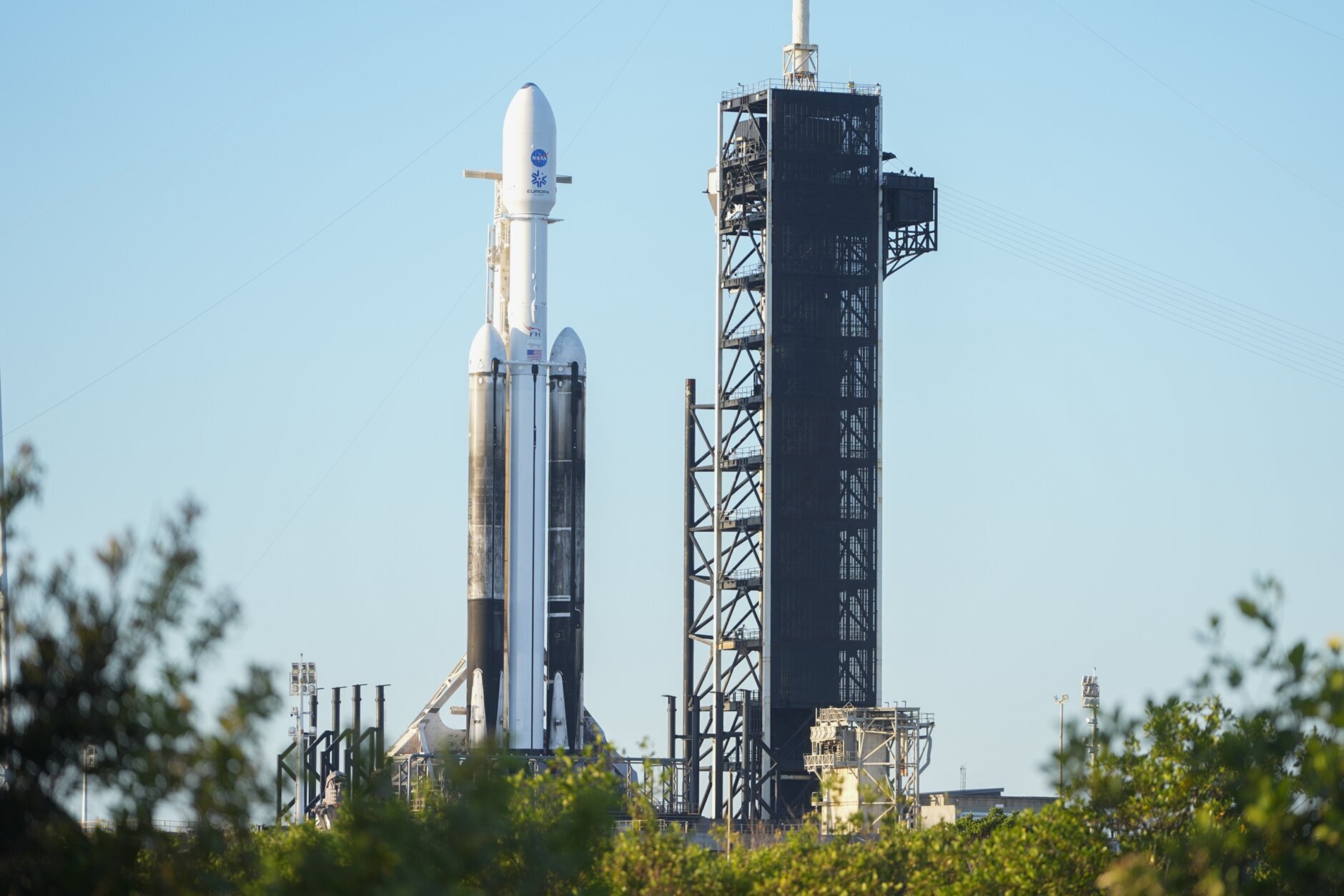
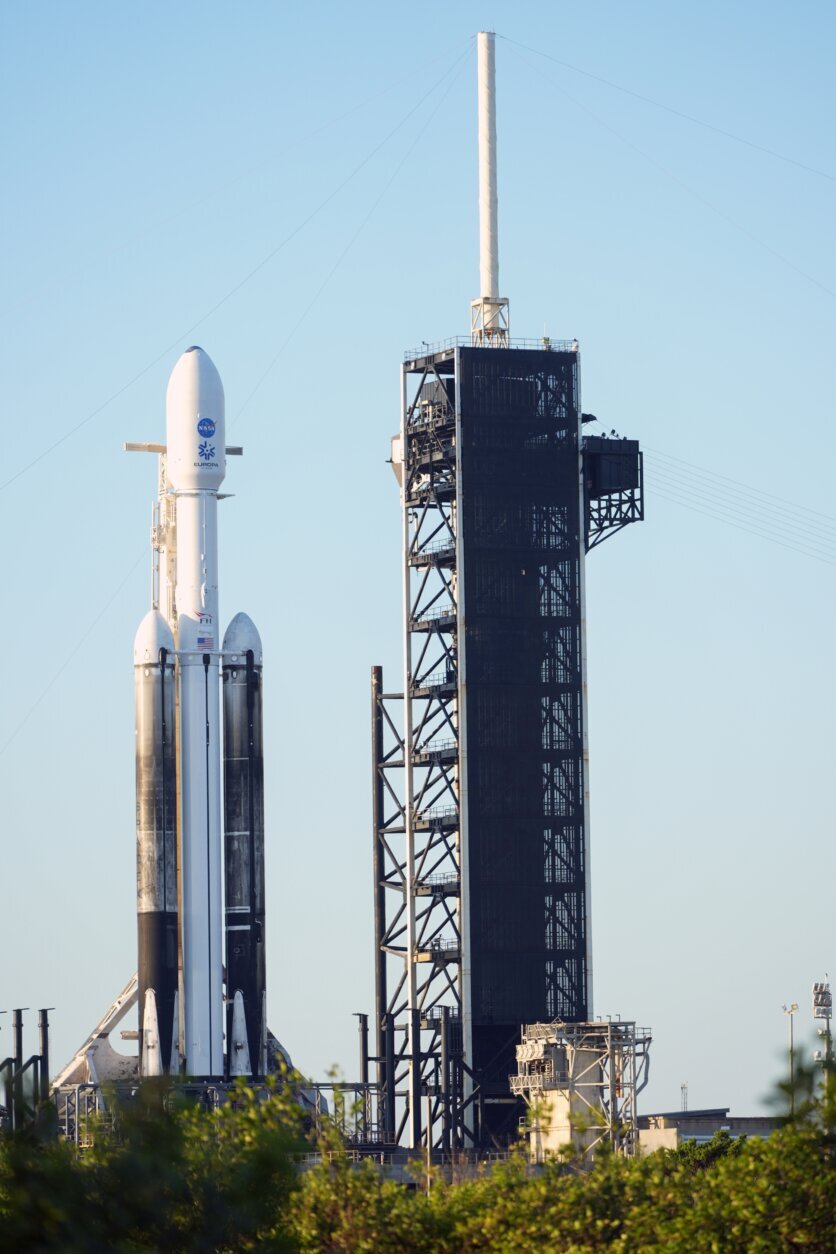
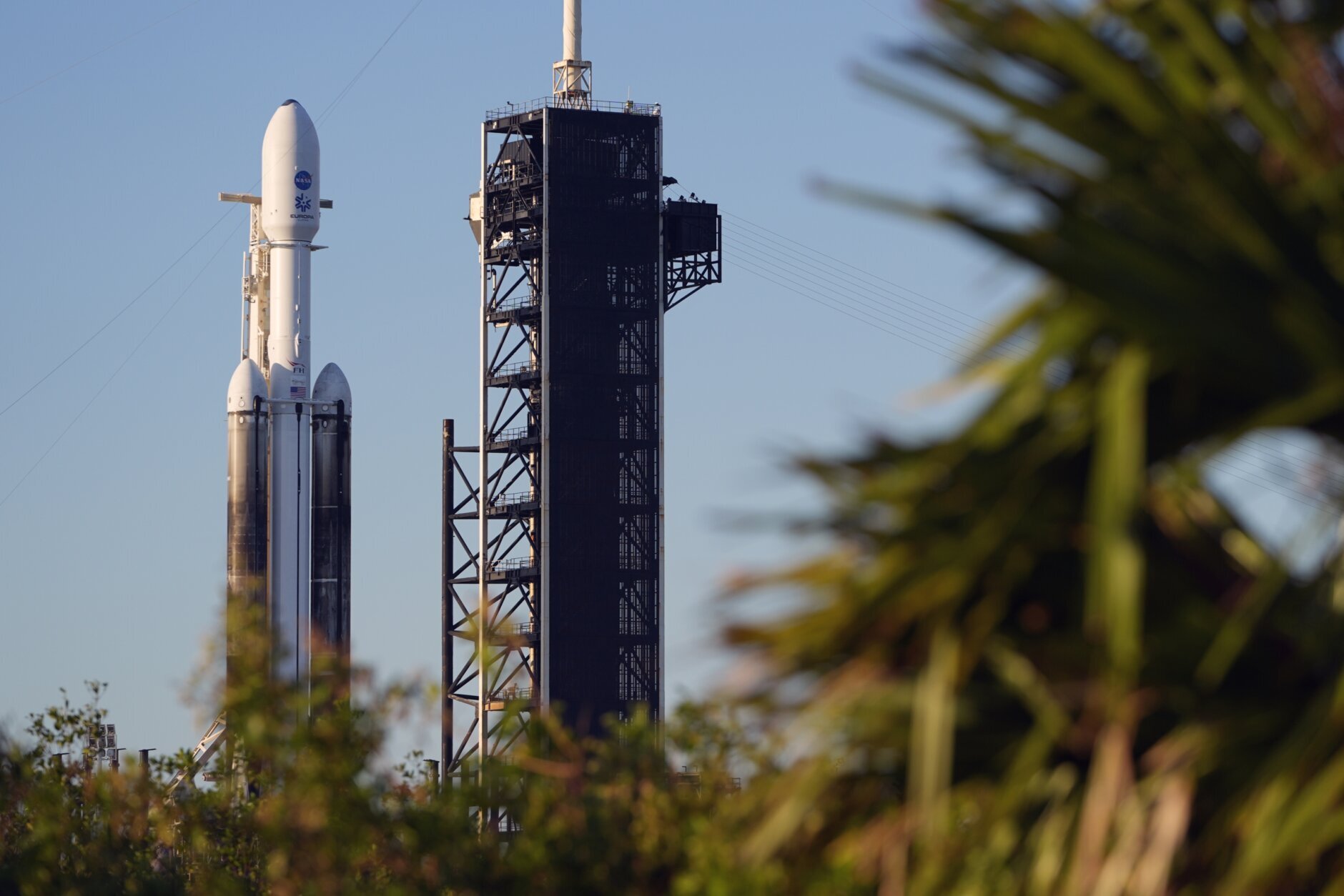
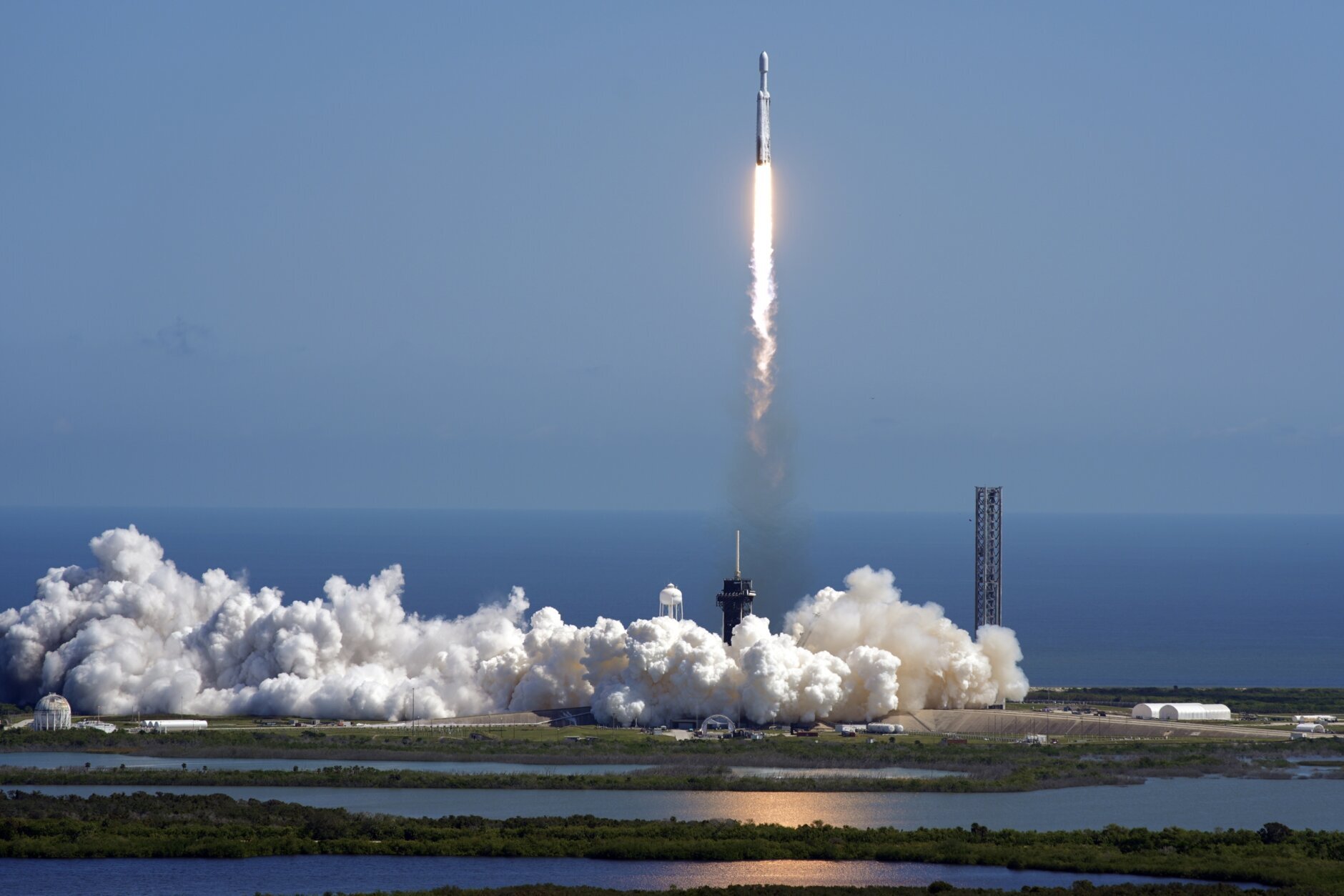
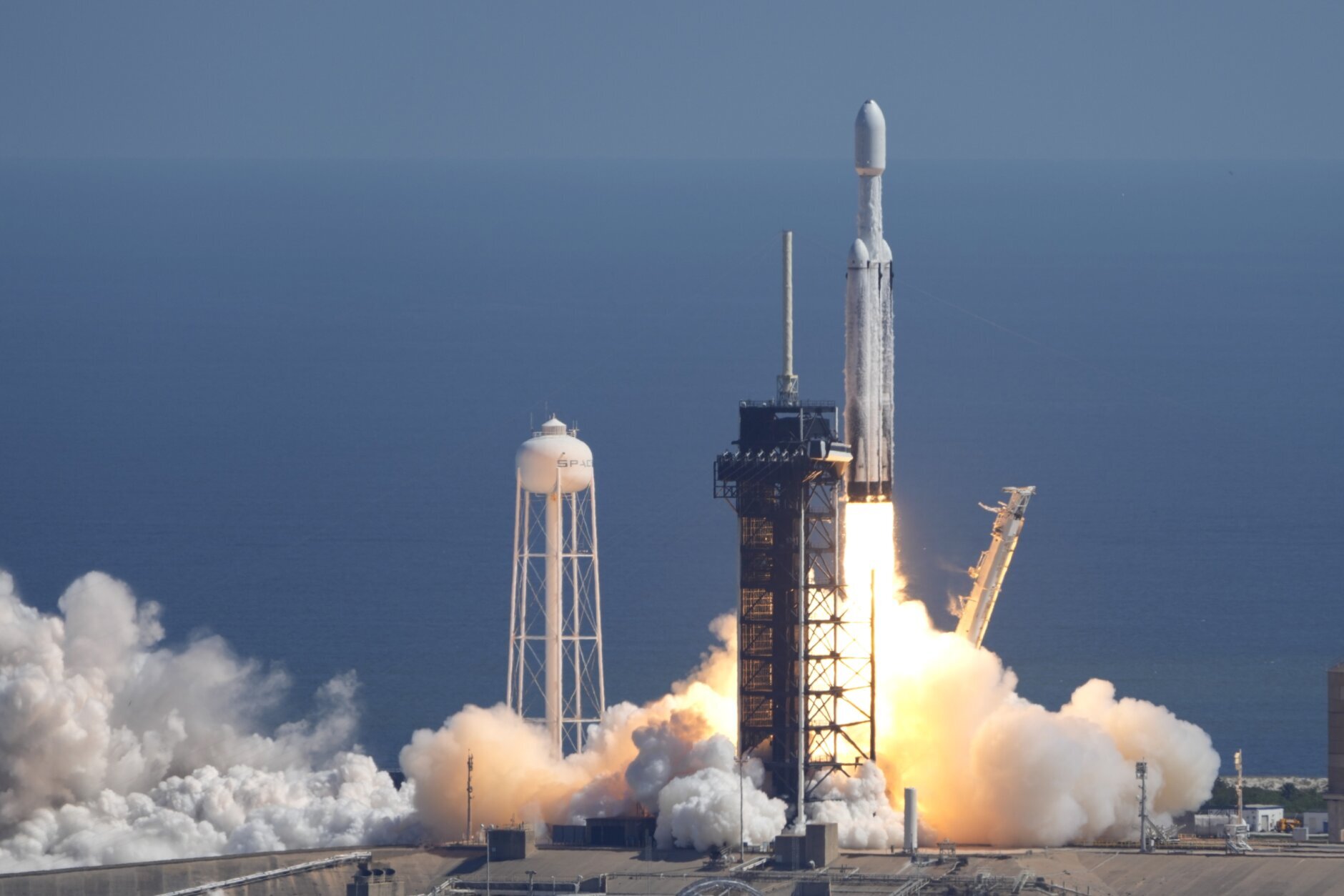
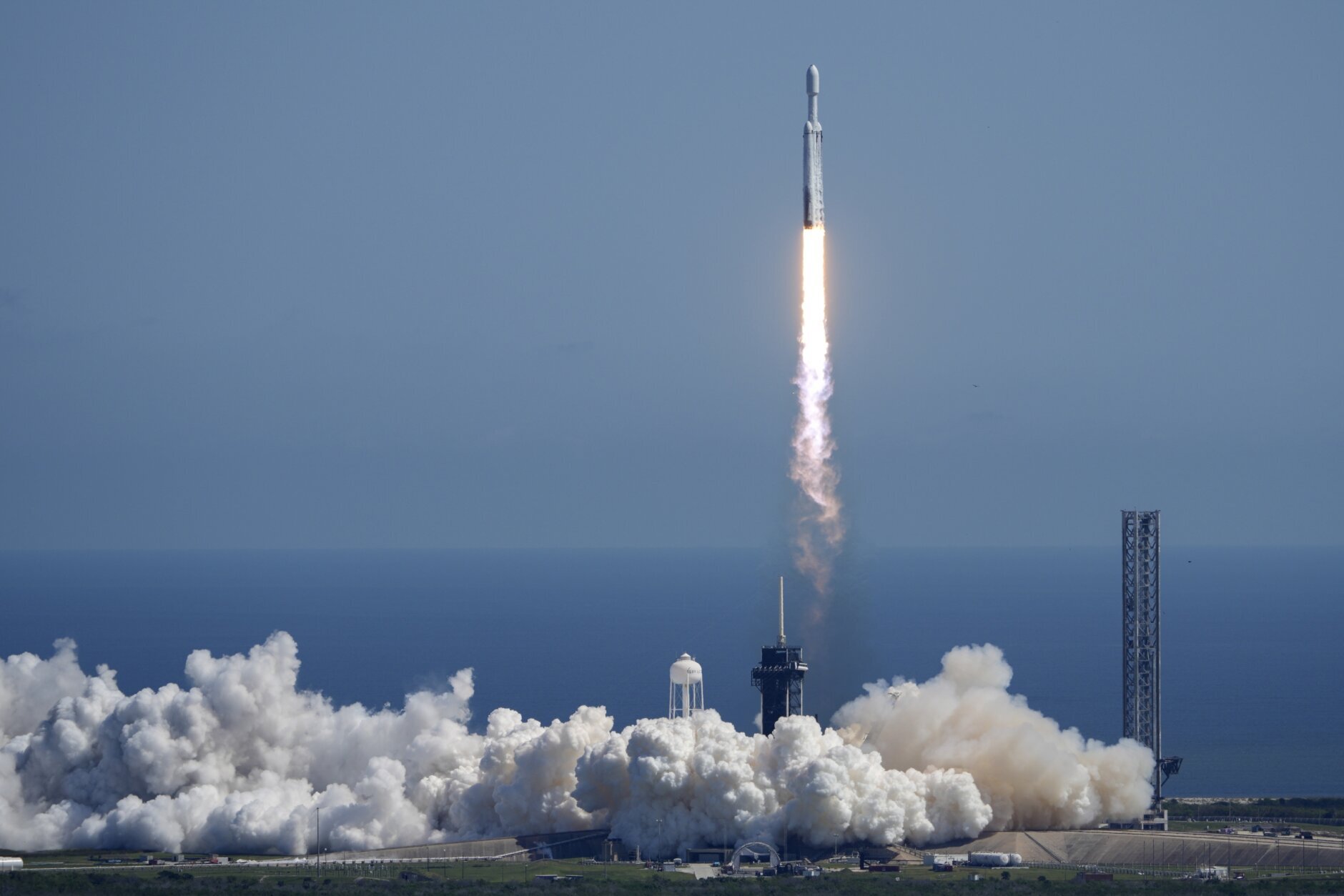
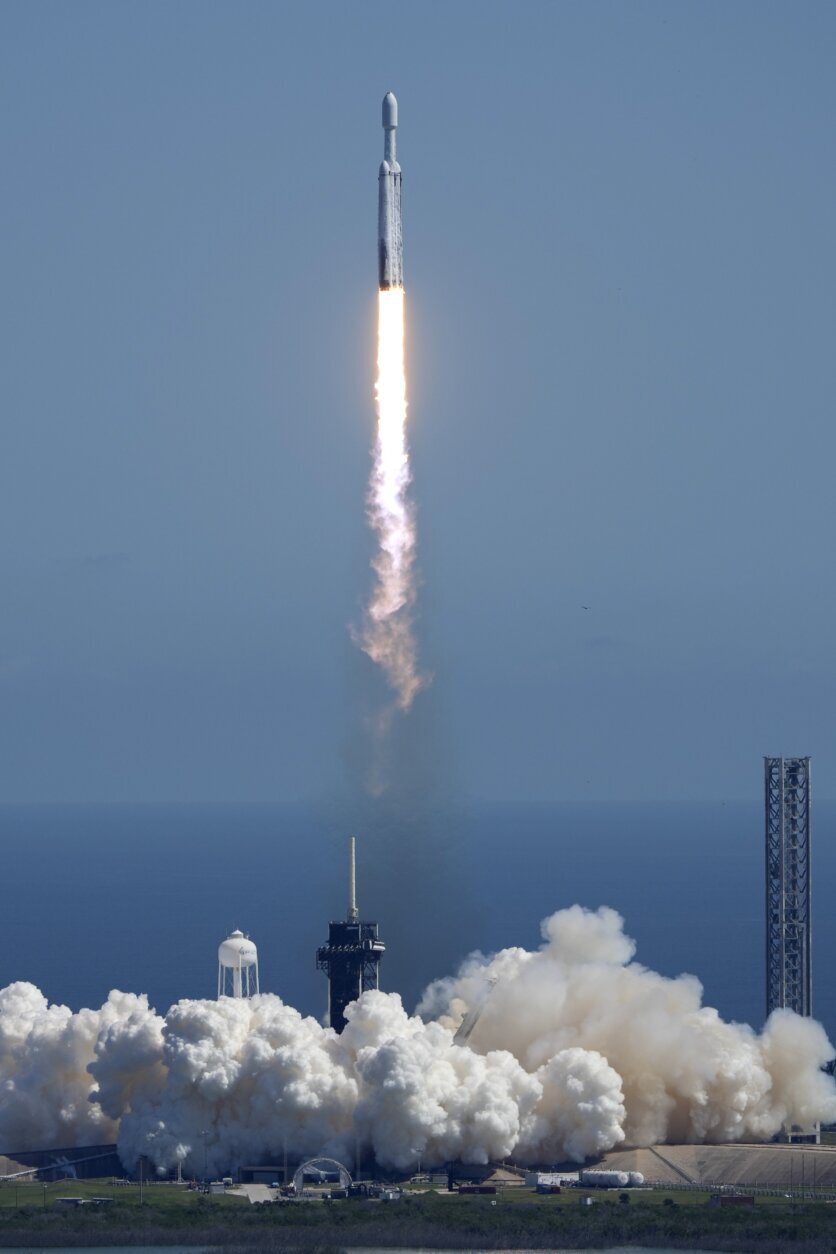
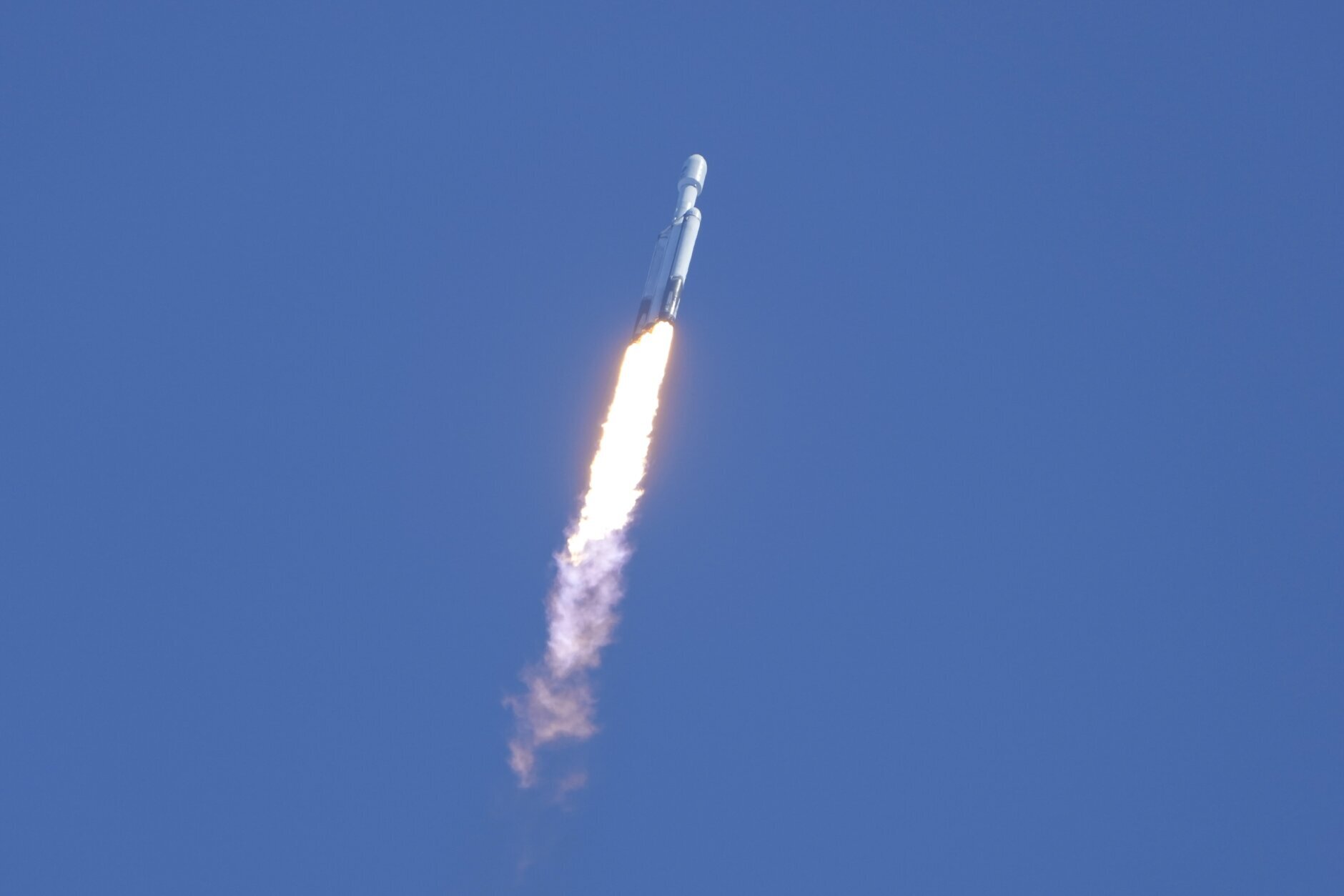
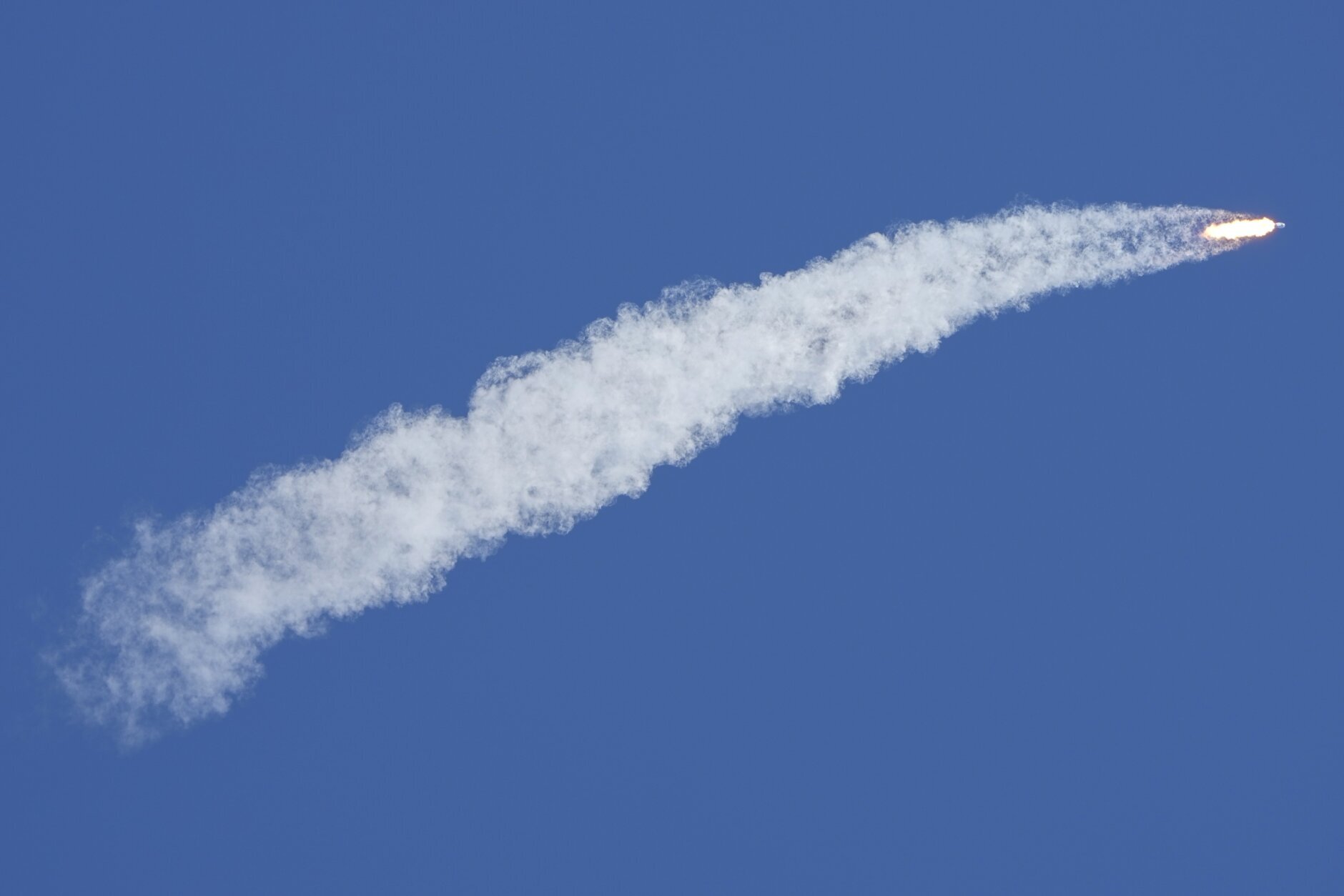
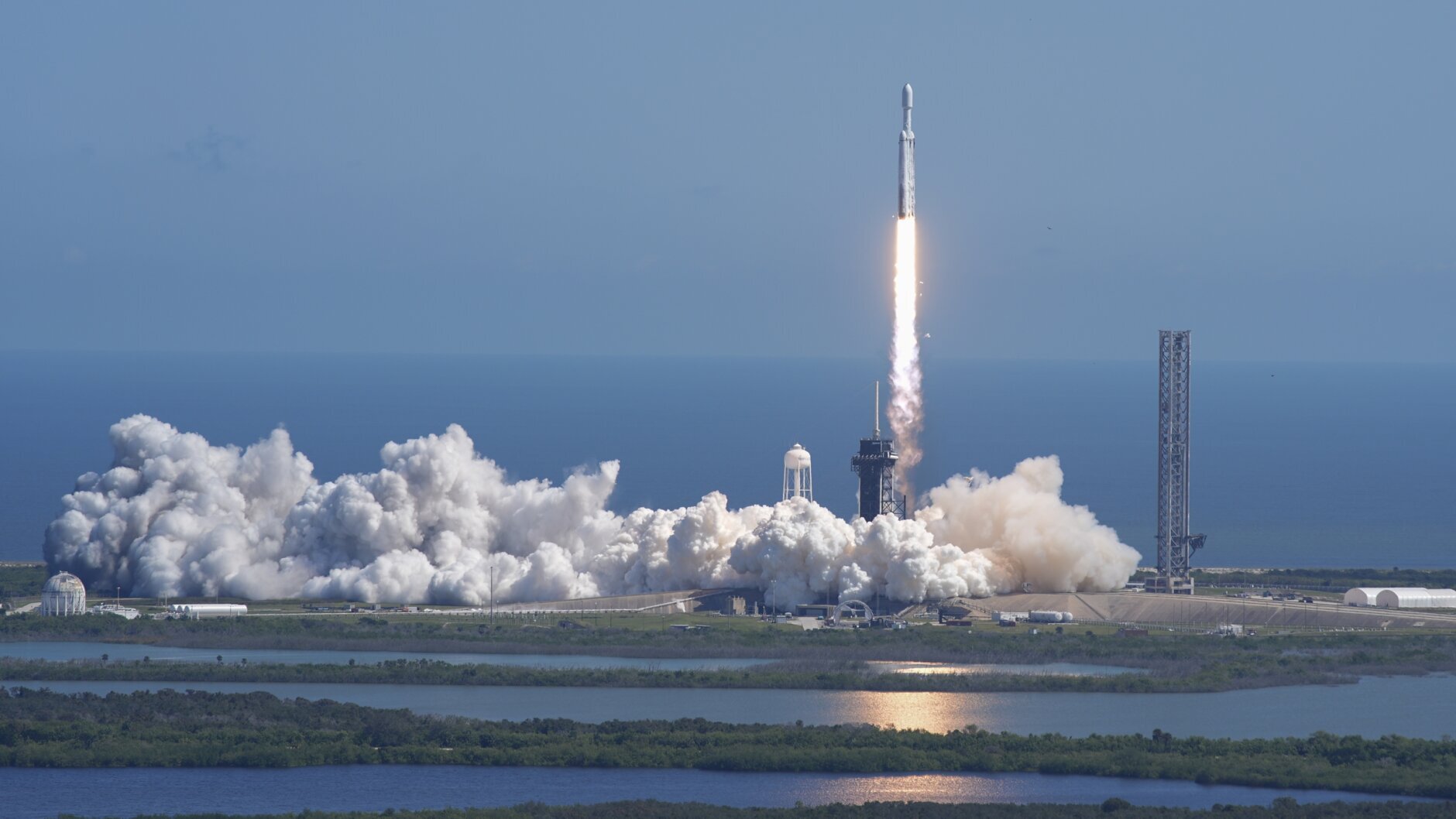
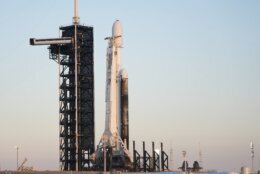
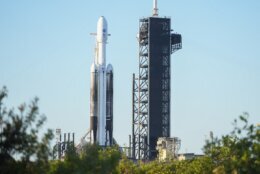
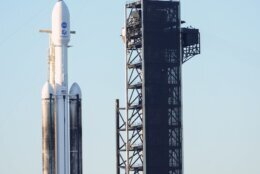
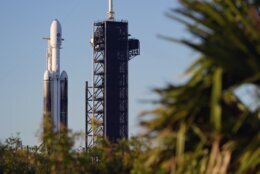

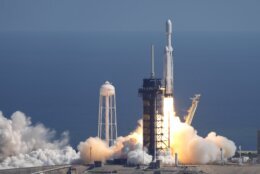

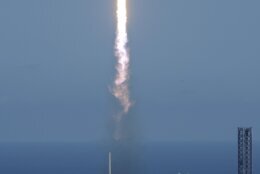
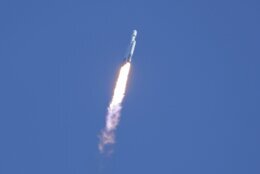


CAPE CANAVERAL, Fla. (AP) — A NASA spacecraft rocketed away Monday on a quest to explore Jupiter’s tantalizing moon Europa and reveal whether its vast hidden ocean might hold the keys to life.
It will take Europa Clipper 5 1/2 years to reach Jupiter, where it will slip into orbit around the giant gas planet and sneak close to Europa during dozens of radiation-drenched flybys.
Scientists are almost certain a deep, global ocean exists beneath Europa’s icy crust. And where there is water, there could be life, making the moon one of the most promising places out there to hunt for it.
Europa Clipper won’t look for life; it has no life detectors. Instead, the spacecraft will zero in on the ingredients necessary to sustain life, searching for organic compounds and other clues as it peers beneath the ice for suitable conditions.
SpaceX started Clipper on its 1.8 billion-mile (3 billion-kilometer) journey, launching the spacecraft on a Falcon Heavy rocket from Florida’s Kennedy Space Center. An hour later, the spacecraft separated from the upper stage, floated off and called home.
“Please say goodbye to Clipper on its way to Europa,” NASA’s Jet Propulsion Laboratory’s flight director Pranay Mishra announced from Southern California.
“The science on this is really captivating,” NASA Associate Administrator Jim Free told The Associated Press back at the launch site. Scientists are still learning about the depths of our own ocean, “and here we are looking that far out.”
The $5.2 billion mission almost got derailed by transistors.
NASA didn’t learn until spring that Clipper’s transistors might be more vulnerable to Jupiter’s intense radiation field than anticipated. Clipper will endure the equivalent of several million chest X-rays during each of the 49 Europa flybys. The space agency spent months reviewing everything before concluding in September that the mission could proceed as planned.
Hurricane Milton added to the anxiety, delaying the launch by several days.
“What a great day. We’re so excited,” JPL Director Laurie Leshin said after liftoff.
About the size of a basketball court with its solar wings unfurled, Clipper will swing past Mars and then Earth on its way to Jupiter for gravity assists. The nearly 13,000-pound (5,700-kilogram) probe should reach the solar system’s biggest planet in 2030.
Clipper will circle Jupiter every 21 days. One of those days will bring it close to Europa, among 95 known moons at Jupiter and close to our own moon in size.
The spacecraft will skim as low as 16 miles (25 kilometers) above Europa — much closer than the few previous visitors. Onboard radar will attempt to penetrate the moon’s ice sheet, believed to be 10 miles to 15 miles or more (15 kilometers to 24 kilometers) thick. The ocean below could be 80 miles (120 kilometers) or more deep.
The spacecraft holds nine instruments, with its sensitive electronics stored in a vault with dense zinc and aluminum walls for protection against radiation. Exploration will last until 2034.
“Ocean worlds like Europa are not only unique because they might be habitable, but they might be habitable today,” NASA’s Gina DiBraccio said on the eve of launch.
If conditions are found to be favorable for life at Europa, then that opens up the possibility of life at other ocean worlds in our solar system and beyond, according to scientists. With an underground ocean and geysers, Saturn’s moon Enceladus is another top candidate.
___
The Associated Press Health and Science Department receives support from the Howard Hughes Medical Institute’s Science and Educational Media Group. The AP is solely responsible for all content.
Copyright © 2024 The Associated Press. All rights reserved. This material may not be published, broadcast, written or redistributed.







